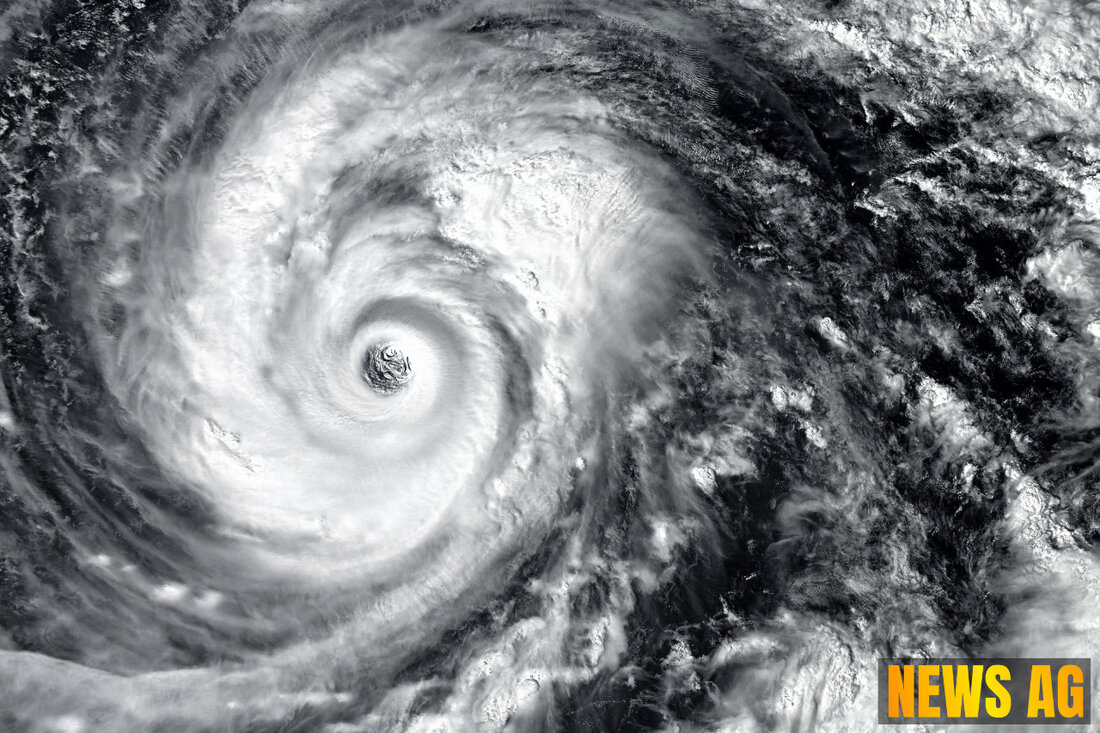Saharan Dust Blankets Florida: How It Shapes Our Hurricane Season
Discover how Saharan dust impacts Florida's weather and hurricane development this June, shaping summer storms and local forecasts.

Saharan Dust Blankets Florida: How It Shapes Our Hurricane Season
As we settle into summer here in Florida, there’s quite a bit of activity in our skies—most noticeably, the arrival of plumes of dust blowing in from the Sahara Desert. This phenomenon, which has reached particularly Miami, brings both beauty and nuances that affect our weather and health.
The National Hurricane Center reports that no tropical cyclone activity is expected over the next seven days. However, they are keeping an eye on a tropical wave in the central Atlantic, which is moving west at a speed of 11 to 17 miles per hour. This wave is part of a dynamic weather pattern that also sees warm temperatures and afternoon showers typical for this time of year. Interestingly, the Saharan dust seems to be suppressing storm development in the region, a beneficial impact as hurricane season ramps up.TCPalm reports that Florida’s Panhandle, particularly around Tallahassee, may receive up to half an inch of rain this weekend. Yet, as the dust begins to clear, another plume is expected to reach our shores around June 13.
Waves of Dust and Weather Patterns
The research emerging from esteemed institutions sheds light on the multifaceted role of Saharan dust. According to a recent study published in Stanford News, these dust plumes not only suppress hurricane formation but actively regulate hurricane rainfall. The study reveals that instead of ocean temperatures or atmospheric humidity, it’s the dust itself that plays a leading role in controlling how much rain a hurricane might bring.
It’s fascinating to note that while Saharan dust can lead to increased rainfall at certain thresholds—what researchers call a “boomerang-shaped relationship”—too high a concentration can have the opposite effect, cooling sea surface temperatures and weakening storm strength. The nuance doesn’t just end at hurricane strength; it also affects our own weather. Heavy doses of dust can obscure the sky, creating hazy conditions that many have noticed recently.
Allergy Awareness
While the Saharan Air Layer most certainly has impacts on tropical weather, it also carries a few hiccups for those prone to allergies. NOAA anticipates at least three major hurricanes this season, but current dust levels aggravate respiratory issues for some individuals. The dusty air can mix with rain to create what many call „dirty rain,“ leaving a muddy residue on homes and cars that’s harmless but often deemed annoying.Freep adds that individuals suffering from respiratory illnesses would do well to minimize outdoor exposure, especially as another plume arrives late Friday night.
The Saharan dust, which forms a thick layer in the atmosphere and travels approximately every three to five days during the summer months, typically fills our skies from mid-June through mid-August. For outdoors enthusiasts and those simply enjoying Florida’s vibrant summer life, a little caution can make a world of difference. So, as you watch the skies turn hazy and experience those stunning sunsets, remember—there’s a lot more to this dust than meets the eye.
In all this, one thing is clear: while the Saharan dust brings beauty to our sunsets, it also wields significant influence over our weather and health. So, let’s embrace the warm, rainy days ahead while keeping an eye on those Saharan dust patterns!

 Suche
Suche
 Mein Konto
Mein Konto